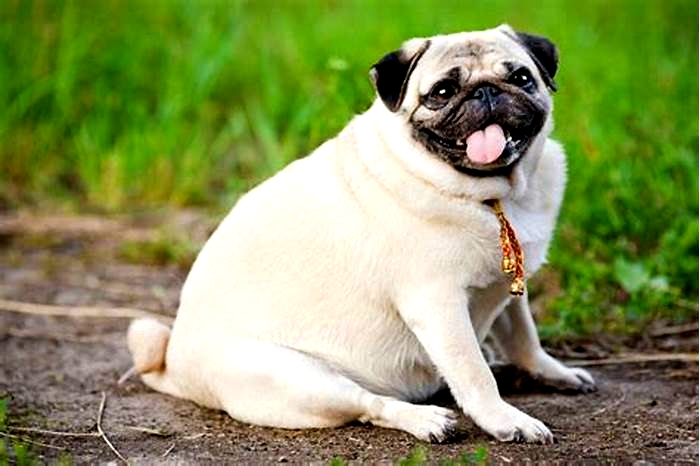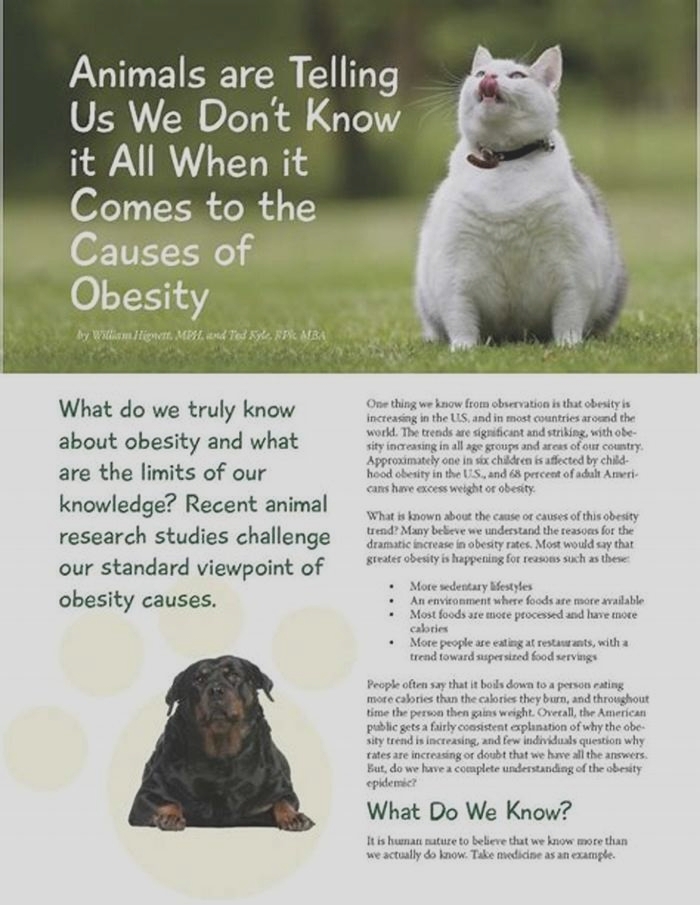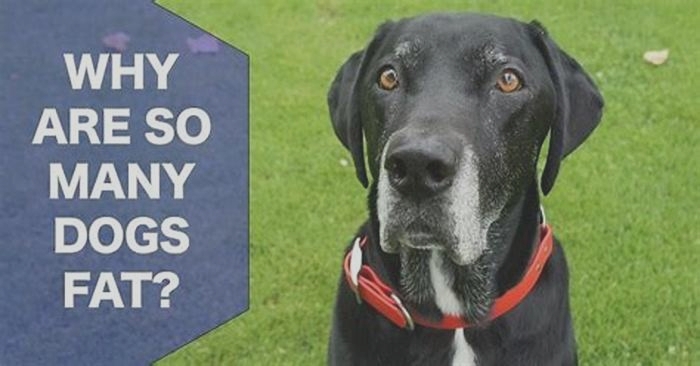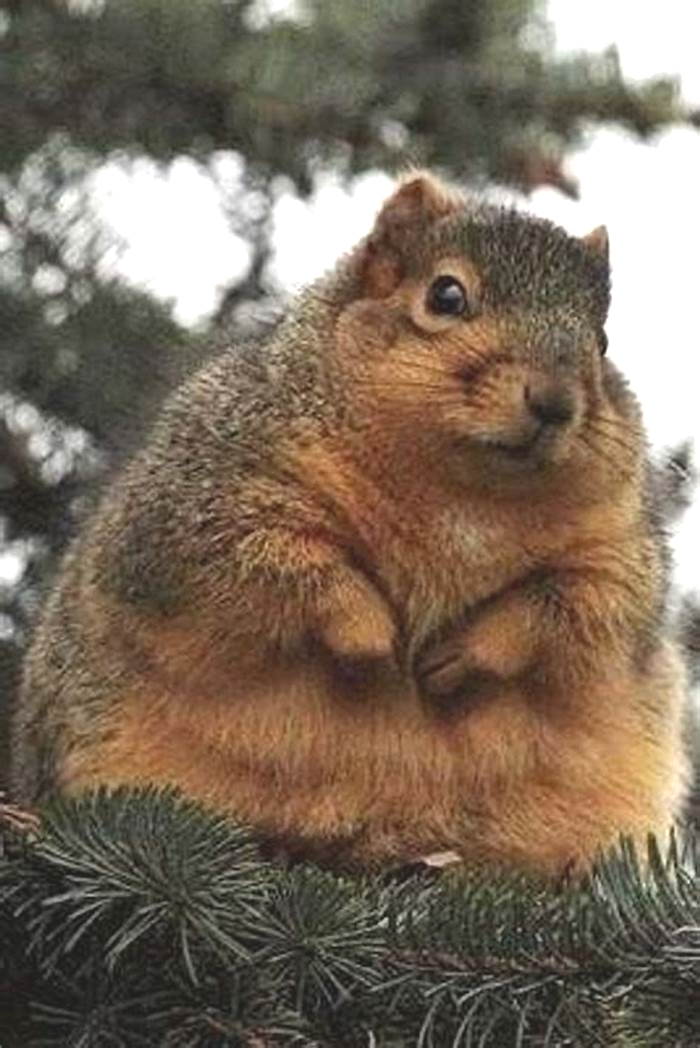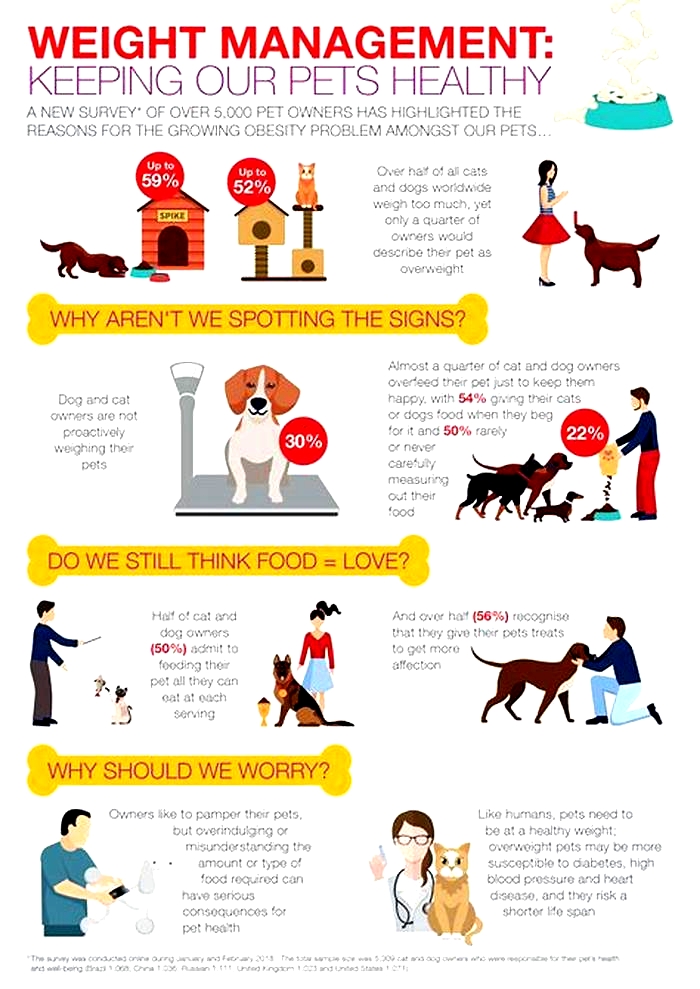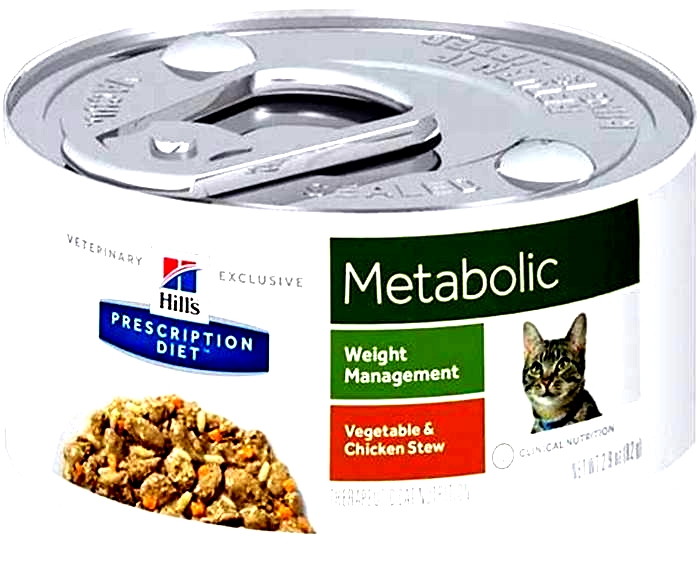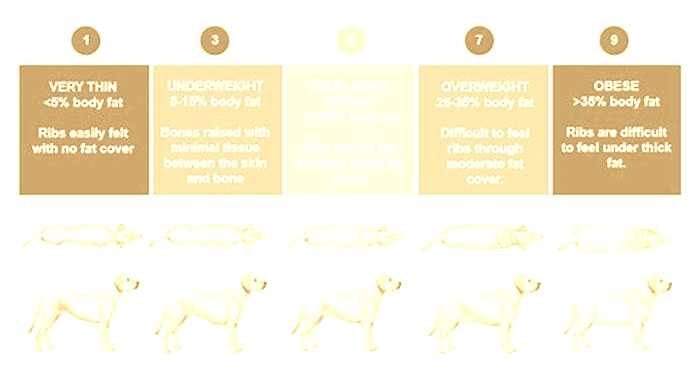What to do for an obese dog
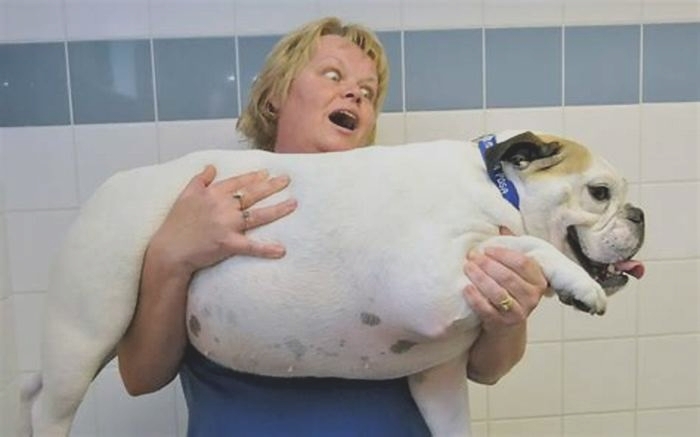
How to Help Your Dog Lose Weight
This Is a Paid Advertisement for The Farmers Dog
In the U.S., 56% of dogs are overweight or obese, and that excess weight is tied to an astonishing array of health problems. When it comes to preventing dog obesity, or even the slow creep of excess pounds, simple awarenessknowing what your dogs weight should be, and keeping on top of any fluctuationsis the first step. Just a few pounds can make a big difference.
You can seek your vets counsel on your dogs ideal weight, but a quick way to assess good canine condition at home is to ask:
- Does your dog have an hourglass shape when you stand behind them and look at them from above?
- Do they have a waist?
- Can you easily feel their ribs?
If youre answering no for all three, theres a good chance your dog needs to lose weight. Now what? Here are some vet-approved tips for helping your dog safely shed excess pounds and keeping them in good condition.
The Food Factor
For dogs, as for humans, losing weight really comes down to two things: food and exercise. And for a dog owner trying to manage or reduce their dogs weight, food is most important by far.
Weight loss begins and ends at the food bowl for dogs and cats, Ernie Ward, DVM, and founder of the Association for Pet Obesity Prevention (APOP), tells us. Weight loss for humans and dogs is 60-70% diet and 30-40% exercise.
For dog owners who have active lifestyles, its easy to overestimate the impact of physical activity on weight maintenance. So even for active dogs, its important to establish clear guidelines for daily caloric intake.
Get Specific With How Much Youre Feeding
Heres where things can go sideways. Humans may or may not choose to count calories as a guide for what theyre eating, with some opting for other methods of keeping to a healthy regime (Do my pants fit? Great!). But when it comes to the long-term management of your dogs weight, its essential to establish a concrete benchmark for how much to feed. This means determining the number of calories your dog needs every day.


Its not a good idea to rely on the feeding guidelines on the average pet food package. There are many factors that will influence your dogs dietary needs, including breed, size, activity level, and whether theyre spayed or neutered. Standard kibble-bag feeding ranges are generally too broad for your dog, and many owners end up over-feeding based on too-generous and too-vague suggested portion sizes, typically measured in cups and scoops.
The feeding guidelines on pet food packages, says Ward, are based on active adult dogs for all life stages. Spaying or neutering, for example, reduces energy requirement by 20 to 30%, he says. So, if your pet is spayed or neutered, and not particularly active, you can already be overfeeding by 20 or 30% or more.
When it comes to determining the ideal caloric intake, its important to consider a number of factors. We take a couple of things into considerationwe look at body condition score, we look at muscle condition score, we look at lifestyle, and any concurrent medical conditions, Dr. Ward says. We start by determining, OK, how many calories should you be feeding?
As a starting place, there are also many tools online to provide rough feeding guidelines based on weight and breed. You might start by consulting the guide published by the Association for Pet Obesity Prevention.
For at-home calculating, you can use the Resting Energy Requirement (RER) formula. Take your dogs weight in kilograms, multiply by 30, and add 70 (or, take their weight in pounds, divide by 2.2, multiply this figure by 30, and add 70). You can then factor in a metabolic energy requirement (MER), depending on things like health and whether theyre spayed or neutered.
Typical MER factors include:
- Weight loss1.0 x RER
- Neutered/ Spayed Adult1.6 x RER
- Intact Adult1.8. x RER
Ask your veterinarian about the MER and calculating and determining how your dog can lose weight safely. Tools like the MER multiplier table on the web provide estimates, but every dogs metabolism is different, so be sure to keep monitoring your pets weight.
You can also sign up for a fresh-food plan (like the ones offered to customers of The Farmers Dog). A plan like this makes it easy to determine the correct total caloric intake and food portions based on your dogs very specific requirements, and also makes it easy to adjust daily calories based on changing weight-management needs.
Food Quality Is Also Key
In addition to calorie counting, another important part of weight maintenance or weight loss is feeding lower-carb, whole, fresh food.
Many ultra-processed dog foods are full of carb-based fillersas Dr. Ward has noted, when you actually break down the ingredients on the label, many of them top out at over 60% or more carbohydrates. Fresh diets provide quality protein, but also the fiber and moisture that can keep your dog satisfied, without carb-y fillers.
Feeding nutrient-dense, bioavailable food will keep your dog healthy as they reduce their overall intake of food.
Treats Count, So Count Them
Another way to help your dog drop some extra weight is by controlling, and possibly reducing, their treat intake. Here, again, quality and quantity matter.
Nobody wants to deny their dog treats, as they are often helpful training aids, and its fun to see the excitement they generate. But its important to keep a close eye on how many treats your dog actually eats in a day and what their caloric impact is. Treats should be factored into, and comprise no more than, 10% of total daily calories.
Dog owners who feed their dogs healthy food, yet still feed them highly processed, high-carb, high-calorie treats, are potentially missing a big source of weight gain and health issues. And if you feed your dog too many treats (more than 10% of their daily intake of food), you can undo the benefits of the balanced diet youre feeding.
Many vets recommend using single-ingredient treats like fresh veggies and fruit. Baby carrots, celery, broccoli, green beans, cucumbers, blueberries, apples, and bananas all make healthy treats and, unlike mystery-meat treats, can contribute to your dogs health (use apple and banana in smaller amounts due to higher sugar content).
As for peanut butter, make sure its truly a special (rare) treat, and doled out in limited amounts; this dogand humanfavorite has a hefty 100 calories per tablespoon. Also, ensure that the peanut butter youre using doesnt contain Xylitol, which is toxic to dogs. For a lighter, and perhaps better, substitute, try plain canned pumpkin, which weighs in at just five calories per tablespoon.
Its also worth stepping back and considering why youre giving your dog treats. Our bond with our dogs is so special, and every dog owner wants to see the happy excitement a treat brings. But you can get that joyful response with healthy treats, or with smaller portions. I typically tell owners that dogs get the same enjoyment, and you can get the same reaction, from a small piece of a treat as you can from the whole thing or a handful, says Alex Schechter, DVM. There are many ways to show love and bond with your pet. It doesnt have to be all about food.
Safely Increase Exercise
Food is key, but no weight loss plan, or health maintenance plan, is complete without exercise. The most obvious, and important, activity for your dog is walking. Regular walks dont just exercise your dogs body; they provide crucial mental stimulation and that all-important opportunity to sniff. The amount of walking your dog needs, or wants, depends on their breed and general health. But while conventional wisdom says that some dogs need less exercise than others, all dogs need to move.
While the recommended minimum of daily exercise is 20 minutes, twice a day, many dogs will need much more. For many breeds, an hour of exercise a day is a good target. If your dog needs to lose weight, try to increase the amount of exercise they currently do. So, if thats none, or barely any, start with short intervals of walking. If youre already exercising, try lengthening your walk or other activity by 10-20%.
Ask your vet about the best types of activities based on your pets breed, age, gender, and current physical condition. Introduce new activities slowly to avoid injury. And, unless your dog has been trained for or slowly introduced to these kinds of activities, leave the extreme sports to your own weekend hourstoo-vigorous, or repetitive activity can put your dog at risk of joint problems. Also, keep weather conditionslike high sunin mind if your activities are outdoors. The sun creates the potential for heat stroke and burnt paw pads.
Rule Out a Medical Condition
If youve established and are staying within caloric boundaries and youre still not having any luck helping your dog lose weight, a visit to the vet could be in order to rule out a medical condition. Weight gain and lethargy can be symptoms of conditions like hypothyroidism and Cushings syndrome. The latter, also known as hyperadrenocorticism, usually occurs in older dogs, and can also cause frequent urination, hair loss, and weakness.
Weight Loss (and Maintenance) Is a Long Game
If you determine that youre overfeeding, work with your veterinarian to create a weight-loss schedule based on the appropriate calories so that your dog doesnt lose weight too fast, which is unhealthy.
Overall, the best weight management strategy is to develop good habits that are applied, consistently, long-term.
People (humans) want to rush weight loss, says Dr. Ward. Thirty days to bikini season! But this is a long process. Its years of making small decisions that help. When youre deciding on sharing your pizza crust with your Pomeranian, if you do it once, OK. But if you do it once a week for five years, thats a problem.
This article was vetted by a vet. Reviewed by Alex Schechter, DVM, founding veterinarian atBurrwood Veterinary.He was previously founding veterinarian atPure Paws Veterinary Care.
Obesity in dogs
How to help your dog lose weight
Weight loss plans should be individual to your dog, so it is best to speak to your vet practice for help if you would like your dog to lose weight. Plans will generally consist of changing their diet and making sure they are getting enough exercise.
Diet The best option for many dogs will be a special weight reduction food which has the correct levels of fat, protein, and nutrients to support weight loss whilst helping your dog to not get too hungry. You should measure the amount of food carefully. Your vet or vet nurse can help you work out how much you should be giving to your dog. You should also restrict the amount of treats you give your dog. Read our advice on what to feed your dog and visit our Weigh Up page for more information.
Exercise Alongside a change in diet, you should make sure that your dog is getting enough exercise. The amount of exercise your dog needs depends on their age, breed, and health. Read our advice on how much exercise your dog needs and visit our Weigh Up page for more information.
Monitoring Weight loss in dogs is more successful when you have regular weigh-ins. Many vet practices offer weight clinics and have scales in their waiting room that you can use without an appointment. You should continue monitoring your dogs weight regularly, even after they get to their ideal weight as this will help to keep them at their ideal size. Check out our video on how to weigh your dog at home.
Help! My Dog Is Obese!
You might think your dog gaining a little extra weight is no big deal, but if your dog puts on too much weight, he could become obese which is actually a major problem.
Obese dogs can develop a ton of health issues, like diabetes and joint problems. Plus, they wont have the energy to go on walks or play with you.
The Dodo spoke to Dr. Katie Pagan, a partner veterinarian of Heart + Paw Fells Point, to find out how to tell if your dogs obese and what to do about it.
Is my dog obese?
If your dogs obese, hell be extremely overweight. And that doesnt mean he just has a little extra weight to lose. Obese dogs have gained so much weight that theyre often already showing symptoms of other health problems.
An overweight dog may only have a few pounds to lose, but an obese dog will have much more to lose, Dr. Pagan told The Dodo. Obese dogs are usually starting to show some joint disease already due to extra weight and may be hesitant to go out for walks. We can also start to see other health conditions emerge when a dog is obese.
Other signs that your dogs obese include difficulty walking or getting up, difficulty breathing or getting winded, and having trouble getting up stairs or into the car.
Dogs who are overweight are around 10 to 20 percent above their ideal weight, while obese dogs are more than 30 percent overweight.
What is a body condition score for dogs?
To be sure how healthy or overweight your dog is, compare him to a dog body condition score. A body condition score is what vets use to determine if a dogs overweight or underweight.
Many veterinary clinics have these [body condition score] posters hung up in the hospital to show clients, Dr. Pagan said. I always tell my clients that you still should be able to feel your dog's ribs and spine when petting them. If you cannot feel anything, they are too chunky. If you can visually see ribs/spine, they are too thin.
You can start by feeling your dogs ribcage for his ribs. Then look down at your dog while standing above him. He should have a narrowed waist and shouldnt look like a stuffed sausage (even if you think its cute). When looking at your dog from the side, his belly shouldnt hang down and should be tucked underneath him.
Causes of obesity in dogs
The most common reason for weight gain in dogs is when they eat more calories than they burn, which means theyre overeating or not exercising enough or both.
Thats why its important to feed your dog the right amount and type of food for his age and size and why he needs lots of walks and playtime.
There are certain medical conditions that can cause your pup to gain weight, too. These include:
If your dog has been eating a normal amount and gets plenty of exercise, there could be an underlying condition causing him to gain weight, so you should talk to your vet.
Some other factors that can lead to weight gain include age, breed and neuter or spay status. Older dogs are more likely to become overweight, and certain breeds are predisposed to obesity. After a dog is neutered or spayed, the decrease in hormones can cause weight gain if you dont adjust the dogs diet and exercise.
Obese dog health problems
Obesity is a serious problem for dogs because it can lead to a variety of health issues.
Osteoarthritis is a health problem many obese dogs will present with, Dr. Pagan said. Other conditions like diabetes, heart disease, hypertension, cancer, bladder stones and an increase in anesthetic complications can also affect obese dogs.
Because of their greater susceptibility to health problems, obese dogs often have a shorter life expectancy than dogs who arent overweight, which is why you should talk to your vet to plan out a weight loss program to get your pup back to a healthy weight.
Obesity in dogs treatment
To help your dog lose weight, youll first need to figure out why your dogs gaining weight. Any underlying medical problems will need to be treated first, otherwise hell keep gaining weight no matter how much exercise he gets.
Aside from treating medical conditions, the best ways to help your dog lose weight are with a healthy diet and exercise.
Your veterinarian will usually recommend a prescription weight loss diet and increasing exercise to help your dog lose weight, Dr. Pagan said.
Try diet dog food
You can try feeding your pup weight loss dog food, but be sure to talk to your vet before trying one out to make sure its good for your pup. Diet dog foods generally have fewer calories and carbs while adding more fiber and protein. This isnt ideal for healthy pups but can really help dogs who have weight issues.
A prescription weight loss diet is the way to go if your dog is overweight/obese, Dr. Pagan said. Royal Canin, Purina or Hills all have great weight loss diets that your veterinarian can easily prescribe.
Try this Hills Prescription Diet weight management dog food from Chewy for $41.99
Be sure to measure the amount of food youre feeding your dog so you dont overfeed him, too.
Watch the treats
Giving your pup too many treats can make him gain weight. Since you dont really think about the calories that treats add on, they often get overlooked. As a rule of thumb, most vets recommend that treats make up only around 10 percent of a dogs caloric intake.
Try to find ways to reward your pup other than just treats, like extra play time, pets or a super long walk (plus, thatll give him some additional exercise).
Try these Purina Pro Plan Lite Snackers treats for dogs on weight loss or management programs from Chewy for $10.49
Exercise more
Making sure your dog gets enough exercise is just as important as watching what he eats. If your pup just lies around all day, he wont burn any calories and will still likely gain weight, even if youre feeding him diet dog food.
Most dogs need around 30 minutes to an hour of exercise every day, which can include walks, playing with toys or running around the dog park. If youre trying to help your dog lose weight, you may need to add in an extra walk each day.
Prevention of obesity in dogs
To prevent your dog from becoming obese in the first place, dont overfeed him, make sure he gets physical activity every day, and take him for regular vet checkups to catch any illnesses that could lead to weight gain.
Ensuring your dog gets enough exercise is an important factor in decreasing chances of becoming overweight/obese, Dr. Pagan said. It is also very important to monitor their daily food intake and limit the amounts of treats per day they consume.
And keep an eye on your dogs weight. If you notice hes starting to look a little rounder than he used to, get him checked out to make sure hes still at a healthy weight.
If you think your dogs obese, the best thing to do is take him to the vet to get him started on a weight loss program so you can get him back to his healthy self. And watch this obese dogs transformation for some inspiration.
We independently pick all the products we recommend because we love them and think you will too. If you buy a product from a link on our site, we may earn a commission.


